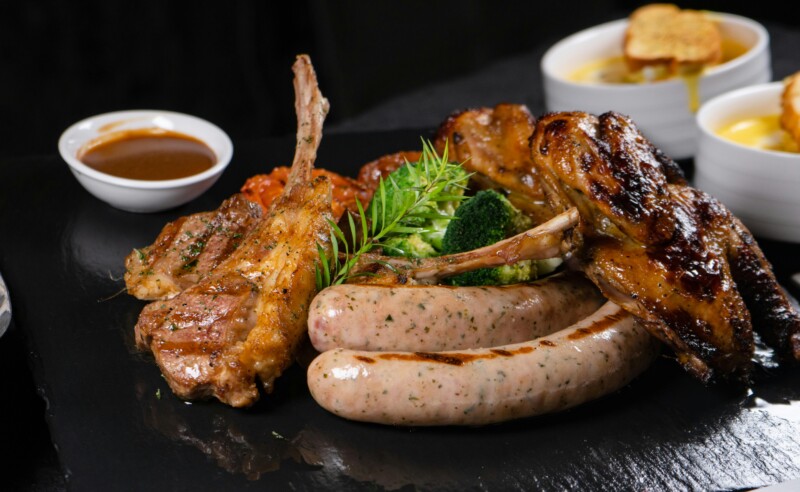Australia is known for its love of meat, with a plethora of options available to meat lovers across the country. With its rich history of cattle ranching and sheep farming, it comes as no surprise that Australians have a strong affinity for meat in their diets. From traditional cuts of beef and lamb to exotic game meats, there is no shortage of options when it comes to choosing the perfect protein for your meal. But with so many choices to pick from, which meat reigns supreme as the most popular in Australia?
In this article, we will delve into the world of Australian meat consumption and explore the top contenders for the title of the most popular meat in the country. We will examine the factors that contribute to the popularity of certain meats, such as cultural influences, availability, and taste preferences. By the end of this article, you will have a better understanding of the diverse meat landscape in Australia and what makes a particular meat stand out among the rest. So sit back, relax, and prepare to embark on a culinary journey through the delicious world of Australian meat.
The most popular meat in Australia is chicken. Chicken consumption has steadily increased over the years and is now the most consumed meat in the country. It is versatile, relatively affordable, and considered a healthy protein source. Beef and lamb are also popular meats in Australia, but chicken remains the top choice for many Australians.
Table of Contents
Exploring Australia’s Love for Beef: The Most Popular Meat

Beef has long been a cornerstone of Australian cuisine and culture, deeply intertwined with the nation’s identity and heritage. Renowned for its high-quality, grass-fed beef, Australia has established a reputation as a major producer and consumer of this protein-rich meat. Australian beef is synonymous with premium quality and diverse cuts, appealing to a wide range of tastes and preferences.
From the tender eye fillet to the hearty T-bone steak, Australians take great pride in their flavorful beef dishes, which are often served in traditional barbecues or as gourmet meals in fine dining establishments.
This enduring love affair with beef reflects not only Australians’ culinary preferences and dietary habits but also their connection to the vast landscapes where cattle roam freely, embodying a rich agricultural tradition that continues to thrive in modern times.
Traditional Favorites: Lamb and Its Role in Australian Cuisine

Lamb holds a prominent place in Australian cuisine, serving as a traditional favorite that reflects the country’s agricultural practices and culinary heritage. Renowned for its tender texture and distinct flavor, lamb is a versatile meat that features prominently in many Australian dishes, ranging from classic roasts to contemporary gourmet creations.
Embraced for its succulence and richness, lamb is often showcased in celebratory meals, family gatherings, and festive occasions across the country. Whether enjoyed as a Sunday roast or as part of a hearty stew, lamb has become a symbol of Australia’s culinary prowess and its deep-rooted connection to the land. Its role in Australian cuisine underscores the country’s culinary diversity and the appreciation for locally sourced, high-quality ingredients that define the nation’s gastronomic landscape.
Iconic Dishes: The Beloved Meat Pie in Australian Culture

The meat pie holds an esteemed position in Australian gastronomy, embodying a culinary tradition cherished by generations. Revered for its savory goodness and comforting allure, the meat pie stands as a symbol of casual dining and culinary nostalgia in Australian culture. Whether enjoyed at a local bakery, sporting event, or as a quick snack on the go, this iconic dish captures the essence of Australian food culture.
Encased in a flaky pastry crust and filled with a hearty mixture of minced meat, gravy, and seasonings, the meat pie exemplifies simplicity and satisfaction in every bite. Its enduring popularity resonates with Australians of all backgrounds, highlighting its status as a beloved classic that continues to unite the nation through shared culinary experiences.
Leave a Reply